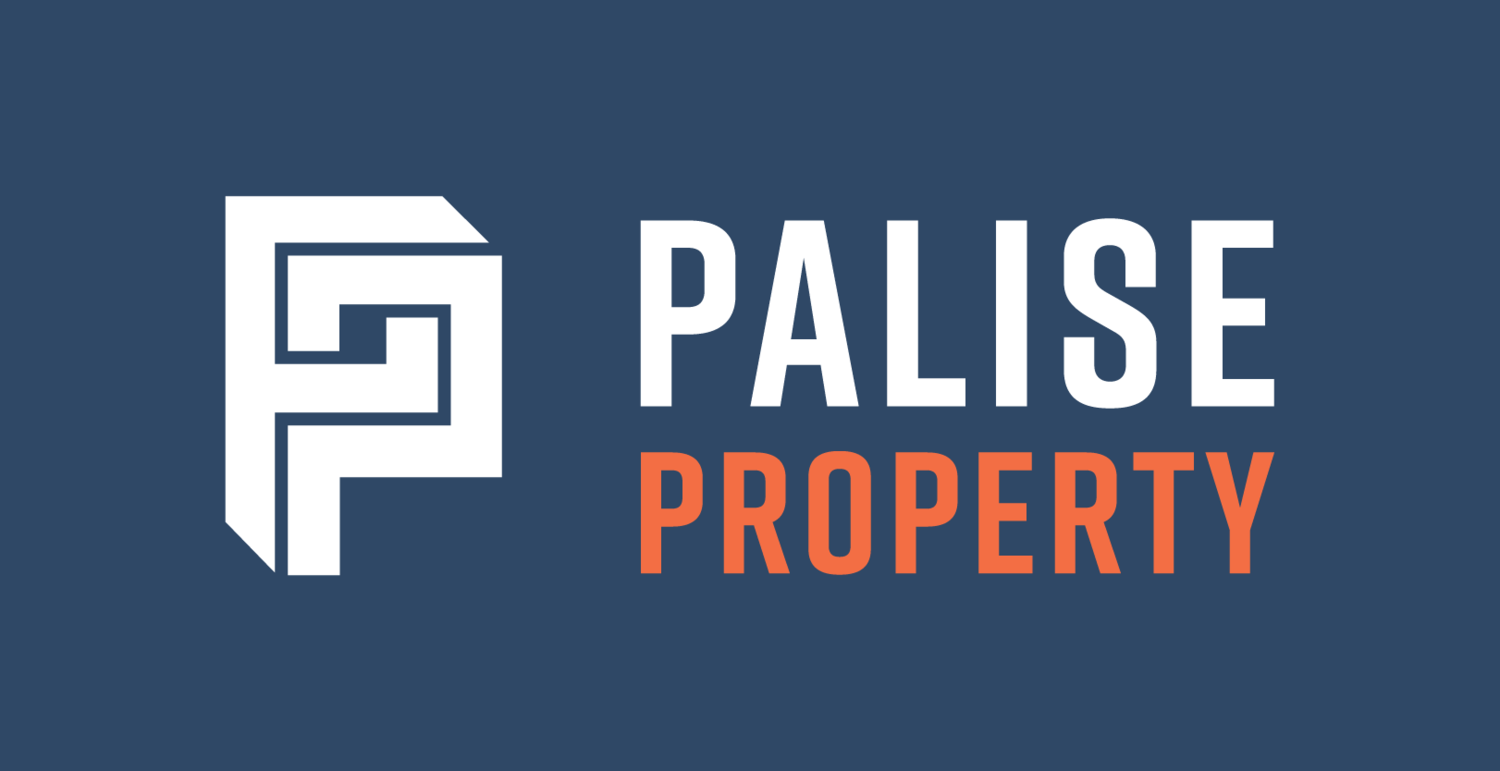The Essential Guide to Understanding Commercial Real Estate Leases
A lease is an agreement that allows a tenant to use a premises or building to conduct their business in return for the payment of rent to the owner of those premises. The lease will usually begin when both parties sign it.
Once the lease is signed, the landlord and tenant usually can’t end it without the other party’s consent, or a break clause will apply, and a penalty amount will become due.
A lease benefits both the tenant and the owner: the owner is happy to have a reliable source of rent for an extended period, and the tenant is happy to have the security of a long-term location where they can expand their business.
The Lease Process
With the help of a solicitor, drawing up a lease is usually a straightforward process, although there may be quite a bit of back-and-forth negotiation over the lease terms.
There are four steps:
1. Creation and Signing of an ‘Agreement to Lease’ Document
The agreement to lease is an agreement to grant a lease in the future without actually granting a right of possession to the proposed lessee. It can be used if the lessor has not yet acquired title to the land, the premises have not been fully erected or made ready for occupation, the former tenant is still in occupation, or all the lease conditions have not been fully settled.
2. Submission of a Draft Lease by the Landlord (the Lessor)
Their solicitor will prepare a lease based on the criteria outlined in the agreement to lease document. The lease is then sent to the tenant, whose solicitor will review it and may ask for changes. The lessor’s disclosure statement is also submitted.
3. Finalisation of the Lease
Once both parties have reached an agreement, three copies of the lease are provided to the tenant’s solicitor by the landlord’s solicitor. The tenant will then sign all copies, return them to the landlord for signing, and receive one copy back for their records.
4. Registration of the Lease
Typically, if the lease period exceeds three years, including any renewal options, a memorandum of the lease will be prepared and registered with the Land Registry Services.
Lease Inclusions
The following information is mandatory in every lease:
Tenant details
Description of premises and use
Guarantor details
Bond details
Start and end dates of the lease
The length of the lease
Options on the lease
How much the rent is
Details about rental increases and reviews
Details of any outgoings the tenant must pay
Who has responsibility for repairs and maintenance – usually, these are covered by the tenant
The core trading hours and when the premises will be open for business
Any additional factors such as fit-out or rent-free periods
Insurance
It’s not essential, as a buyer, to understand every detail of the lease, as your solicitor will be an expert in contractual law and review all the proposed terms and conditions. But, it’s important to at least be familiar with all the lease terms to enable you to secure a better property and negotiate well.
Types of Lease
There are four main types of leases for commercial property: gross leases, net leases, triple net leases and absolute net leases.
Gross Leases
A gross lease is a full service agreement– the property owner pays for all the outgoings, and the tenant is responsible only for the rent. As the owner, with a gross lease, you incur the risk that outgoings such as council and water rates or insurance premiums may increase.
Since you can’t raise the tenant’s rent until it’s due for review, this can affect your yield, making your initial calculations on the property's profitability inaccurate.
Net Leases
A net lease generally means the tenant pays for one or more of the property’s outgoings in addition to their rent, such as the council rates or maintenance costs. The owner is generally responsible for property management and land tax, but they must supply a disclosure statement outlining which outgoings the tenant is responsible for.
Triple-Net Leases
In a triple-net lease, the owner is responsible for the structure, roof, and parking area, while the tenant is responsible for all other expenses.
Absolute Net leases
With absolute net leases, the tenant is responsible for everything relating to the property – the rent, plus all rates, taxes, insurances, management fees, the structure, repairs, and maintenance.
Key Takeaways
Understanding commercial real estate leases can be a complex process, but it doesn't have to be. With the right guidance and resources, you can make an informed decision when signing any type of lease.
To take your education to the next level, you can check out our best-selling commercial property investing book or get in touch with our team for advice tailored to your individual needs.
